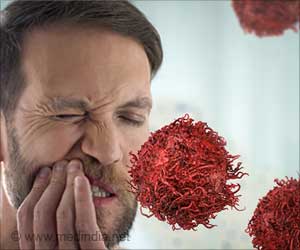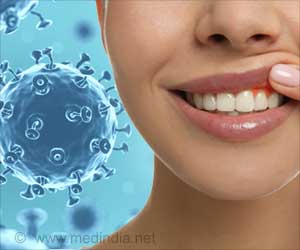Developing a liposome-based drug delivery system provides an alternative method of delivering antibiotics to treat aggressive periodontitis (gum infection).

‘Antibiotics encapsulated in tiny, round liposomes containing one or more membranes can be used as a drug delivery system for treating aggressive gum infections.’





The way these infections are typically treated is by scaling and planing, which essentially means scraping off the bacteria and then prescribing oral antibiotics. This tends to work, but sometimes the bacteria come back, and then you must start the course of antibiotics all over again. The more frequently you take antibiotics, the greater the chances the bacteria will become resistant to them.Antibiotic resistance is indeed a growing problem. According to the Centers for Disease Control and Prevention, more than 2.8 million antimicrobial-resistant infections occur every year in the U.S., and more than 35,000 people die as a result.
Alternative Method of Delivering Antibiotics to Treat Aggressive Periodontitis
In previous work, researchers have shown that antibiotics can be encapsulated in liposomes—tiny, round vesicles that contain one or more membranes and can be used as a delivery mechanism. They have also shown that the toxin released by the periodontitis-causing bacteria, called leukotoxin, triggers the release of antibiotics.Leukotoxin fights the body’s immune response by binding with cholesterol in the membrane of white blood cells, disrupting the membrane and killing the cells. So they are creating a liposome that has cholesterol.
As most of the toxin will bind to the liposome instead of the host cells. When the toxin binds to the liposome, it should cause a release of the antibiotics, killing the disease-causing bacteria.
This new research will support the cell culture work performed at the lab to determine if the approach can protect the host cells from the toxin while simultaneously killing the bacterial cells. They will do this using a "co-culture" model, in which human immune cells and bacterial cells are grown together.
Advertisement
Looking at different delivery strategies for antibiotics represents a new direction. This is the first externally funded project to do this work, and it validates the idea that this approach has a lot of potential to solve problems with both disease and antibiotic resistance.
Advertisement
Source-Eurekalert











